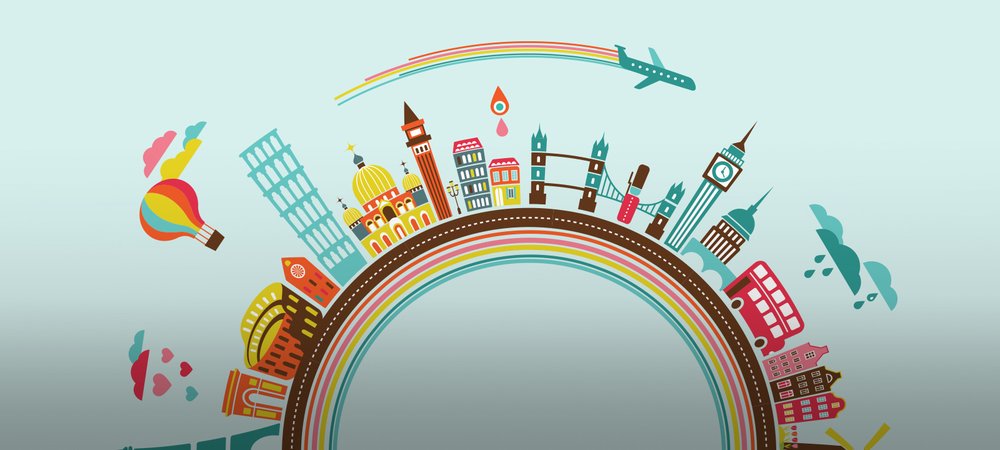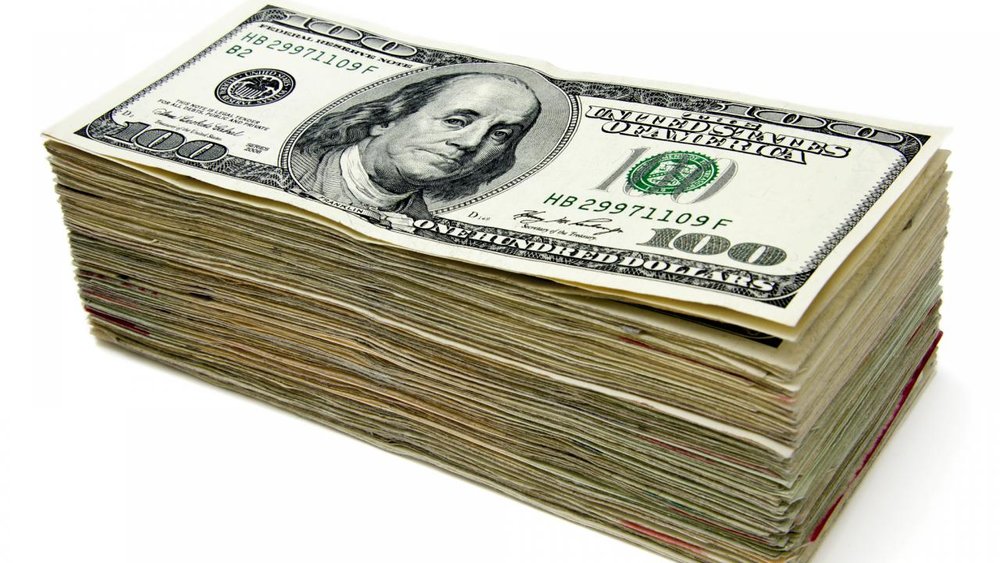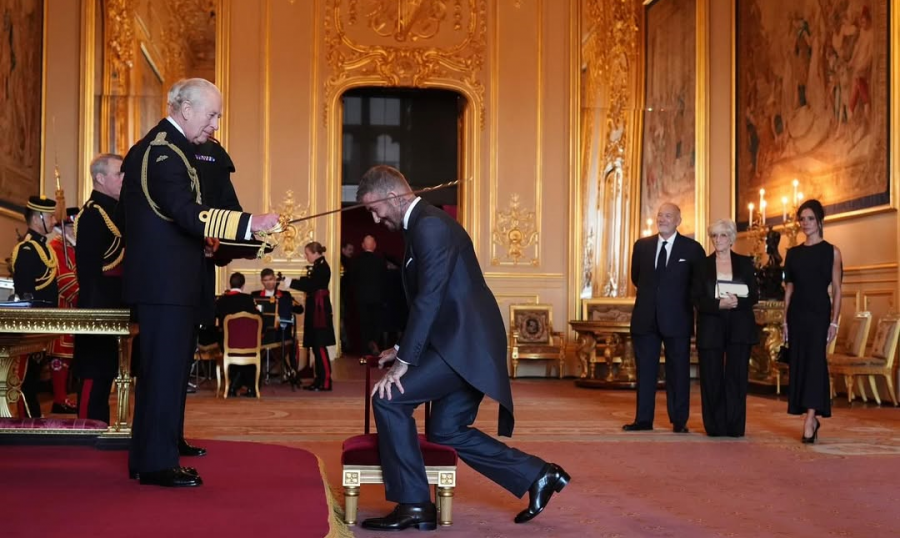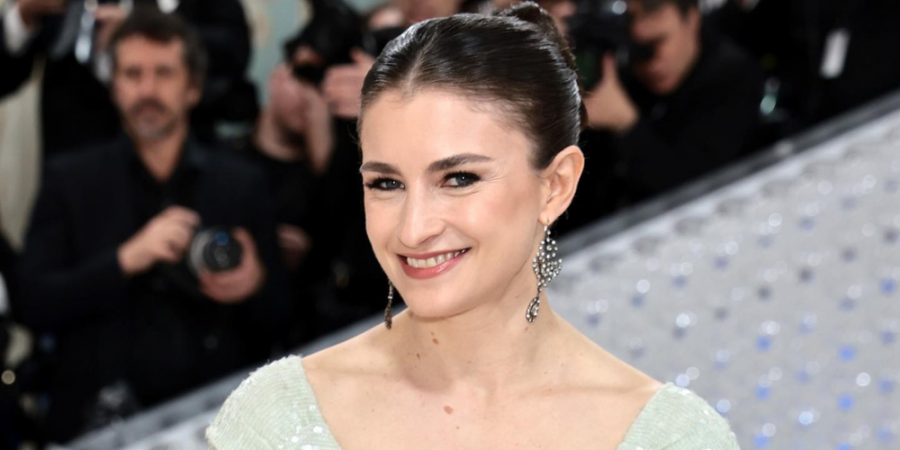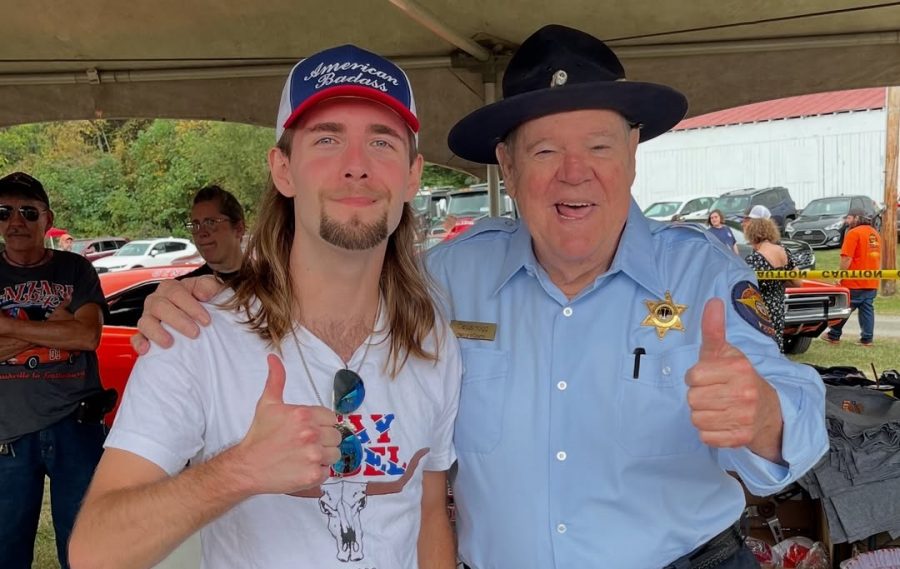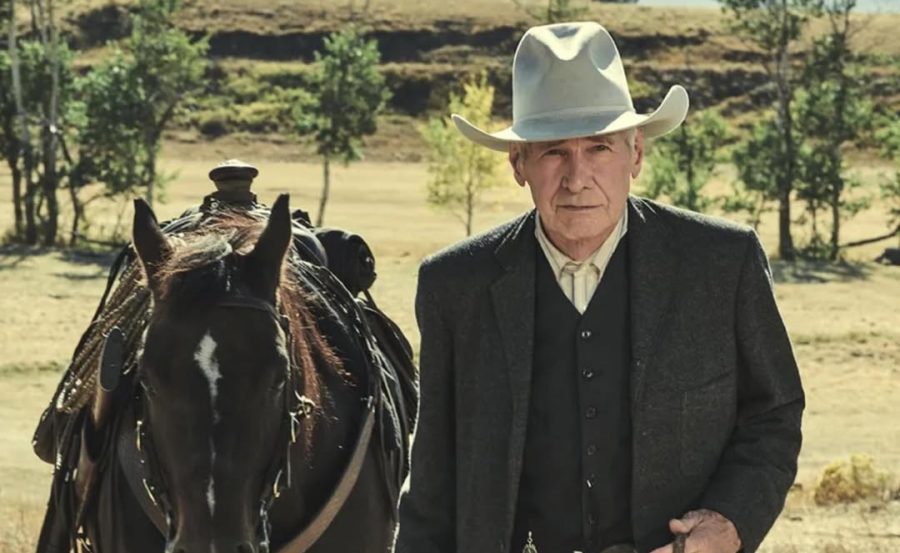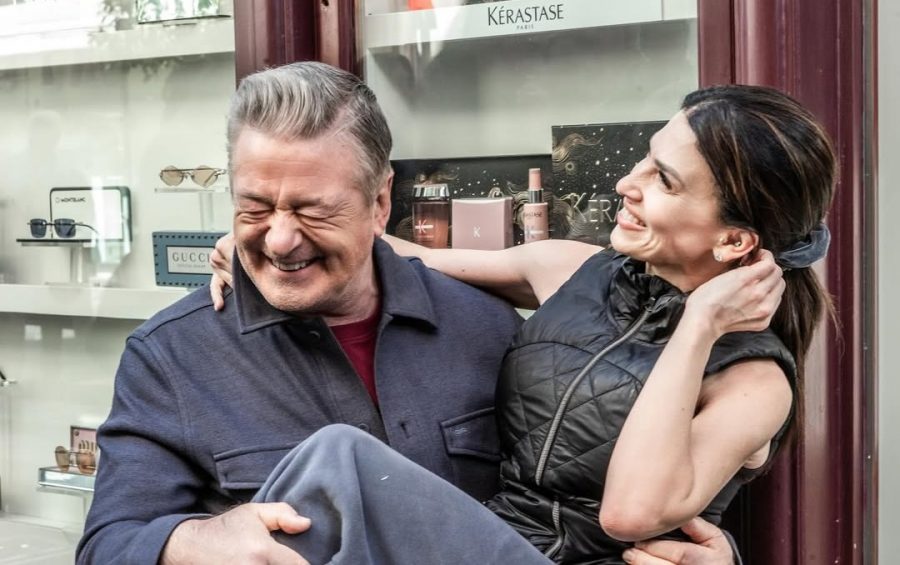Tony Hawk was already legendary before the summer of 1999, but one moment cemented his place in sports history. At the X Games in San Diego, he landed the 900—a move long considered impossible. Two and a half spins in the air, completed on a vertical ramp, combined years of grit, broken bones, and perseverance into a single breathtaking instant.
Even today, only a handful of skaters have pulled it off. Yet Hawk’s achievement carried weight beyond the arena. Another significant cultural event occurred that year with the release of “Tony Hawk’s Pro Skater” on the PlayStation. Together, the trick and the game pushed skateboarding into a new era.
Hawk later reflected that he had not planned to attempt the 900 that night, describing it as a moment that came together with perfect timing. The move not only secured his status but also amplified the launch of a video game that would become one of the most influential sports franchises of all time.
From Skate Parks to Living Rooms
By 1999, Hawk had already been a pro for nearly two decades. He was the face of skateboarding, comparable to figures like Michael Jordan in basketball or Muhammad Ali in boxing. Yet the release of ‘Tony Hawk’s Pro Skater’ shifted his influence from skate parks to living rooms worldwide.
The game wasn’t just about tricks. It carried the essence of skateboarding culture—its style, music, and rebellious identity. Kids who had never stepped on a board suddenly felt part of the movement. As interest surged, sequels like ‘Tony Hawk’s Pro Skater 2’ quickly followed, selling even more copies and earning critical acclaim.
By the early 2000s, the franchise was unstoppable. It made skateboarding mainstream, shaping music tastes, fashion, and even slang for a generation.

Instagram | @tonyhawk | Tony Hawk was a skateboarding legend before his video game, which made him a global icon.
Why the Game Worked So Well
Hawk agreed to put his name on the project after testing an early version. What impressed him most was how natural the controls felt. He explained that the moment he picked up the controller, he could perform kickflips and grabs without needing instructions. It felt authentic, and that authenticity mattered.
The developers at Neversoft didn’t have skaters on staff, but they immersed themselves in the culture. They studied tapes, listened to advice from pros, and carefully built a digital world that represented the sport with accuracy. Hawk emphasized that Activision gave the team freedom, which allowed the project to stay true to skateboarding instead of becoming a corporate caricature.
That creative trust paid off. The soundtrack, the roster of skaters, and the gritty visuals resonated with players. Gamers weren’t just pushing buttons—they were stepping into skateboarding’s world.
Influence Beyond Consoles
The impact of ‘Tony Hawk’s Pro Skater’ extended far beyond sales numbers. Between 1999 and the mid-2000s, skateboarding exploded in popularity. Young fans wanted to try the moves they saw in the game, but skate parks were still rare. Many ended up skating on sidewalks and parking lots, mimicking the freedom they experienced on screen.
Hawk has often shared how many professional skaters in their 20s and 30s told him the game inspired them to pick up a board. Some even admitted they attempted tricks that were impossible in real life, only to push the limits of what could be done.
As he put it, the series didn’t just showcase skateboarding’s past—it fueled its future.
Music, Culture, and Identity
Another unforgettable part of the franchise was its soundtrack. Songs like Goldfinger’s “Superman” became anthems tied to the game. Hawk has mentioned that while he originally leaned toward classic punk bands like Dead Kennedys, Neversoft introduced newer acts that captured the energy of the late ’90s.
That blend of music not only gave the game personality but also introduced a generation to punk, ska, and alternative rock. Many players discovered bands through the game, creating lifelong fans. The era’s distinctive cultural mark was the fusion of skateboarding and music.
Fame and Responsibility
Hawk’s prominence grew as the games became more popular. He was no longer merely an athlete; he had become a pop culture figure. He appeared in cartoons, on MTV, and at Nickelodeon events. For many kids, he was the ultimate role model.
Hawk admitted that at first the attention was overwhelming. Skateboarding had never been about fame or fortune when he started. Most pros in the ’80s simply hoped for free gear rather than careers. But as his influence grew, Hawk used his platform to advocate for public skate parks, especially in underserved communities.
His leadership helped ensure the sport’s growth reached beyond screens and competitions, providing real spaces for new skaters to develop.
Not Everyone Agreed at First
When ‘Tony Hawk’s Pro Skater’ was announced, some skaters worried it meant selling out. A few even declined to appear in the first game. They feared skateboarding’s underground credibility would be lost.
But once the game launched and its cultural impact became clear, many of those same skeptics joined later editions. The franchise’s success showed that staying authentic while reaching mainstream audiences was possible.
The Golden Years and Rough Patches
From 1999 through the mid-2000s, the series dominated sales charts. Each release added features, new skaters, and even larger levels. But after ‘Tony Hawk’s Proving Ground’ in 2007, momentum began to slow.
Attempts like ‘Tony Hawk: Ride’ and ‘Tony Hawk: Shred’ introduced skateboard-shaped controllers but failed to connect with players. Hawk later admitted those titles suffered from timing—the motion-control craze of the Wii era ended too quickly for them to succeed.
Then came ‘Tony Hawk’s Pro Skater 5’ in 2015, a release widely criticized for bugs and lack of polish. For many fans, it felt like the end of an era.
A Strong Return with Remasters

Tony Hawk’s Pro Skater 3+4 brings classic levels back with a new generation of skaters.
Yet the story didn’t end there. In 2020, ‘Tony Hawk’s Pro Skater 1+2’ launched as a full remake of the original games, rebuilt for modern consoles. With enhanced visuals, smoother mechanics, and the return of iconic soundtracks, it was both a nostalgic trip and a fresh experience.
Fans responded with enthusiasm, and the game’s success proved the franchise still held power. In 2023, the revival continued with ‘Tony Hawk’s Pro Skater 3+4,’ bringing more classic levels and expanding the roster with modern stars like Lizzie Armanto, Tyshawn Jones, Letícia Bufoni, and Yuto Horigome—the Olympic gold medalist in skateboarding.
Hawk emphasized that the remakes weren’t just about honoring the past but about celebrating the sport’s current generation. He highlighted how today’s skaters continue pushing boundaries, much like the games once inspired them to do.
The Legacy That Lives On
‘Tony Hawk’s Pro Skater’ wasn’t just a video game series. It was a cultural catalyst that made skateboarding a global phenomenon. It introduced millions to the sport, influenced music tastes, and helped launch the careers of a new generation of professional skaters. Tony Hawk himself has said that he’s often recognized as much for the games as for his skating, a testament to the series’ unique crossover impact.
The legacy of the games continues to shape the sport today, from local parks to the Olympics, proving that when authenticity and creativity combine, they can transform both an individual and an entire culture.


